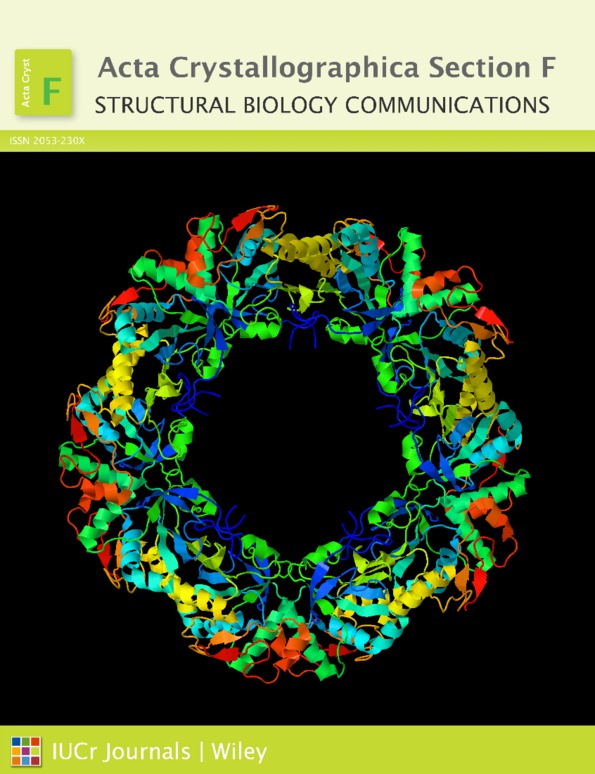Cruzain structures: apocruzain and cruzain bound to S-methyl thiomethanesulfonate and implications for drug design
Abstract
Chagas disease, which is caused by Trypanosoma cruzi, affects more than six million people worldwide. Cruzain is the major cysteine protease involved in the survival of this parasite. Here, the expression, purification and crystallization of this enzyme are reported. The cruzain crystals diffracted to 1.2 Å resolution, yielding two novel cruzain structures: apocruzain and cruzain bound to the reversible covalent inhibitor S-methyl thiomethanesulfonate. Mass-spectrometric experiments confirmed the presence of a methylthiol group attached to the catalytic cysteine. Comparison of these structures with previously published structures indicates the rigidity of the cruzain structure. These results provide further structural information about the enzyme and may help in new in silico studies to identify or optimize novel prototypes of cruzain inhibitors.




